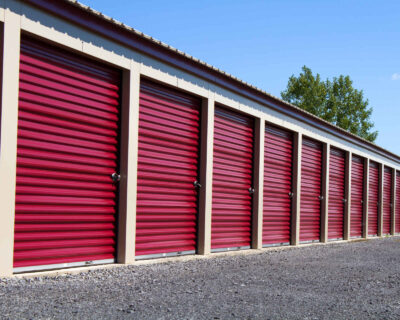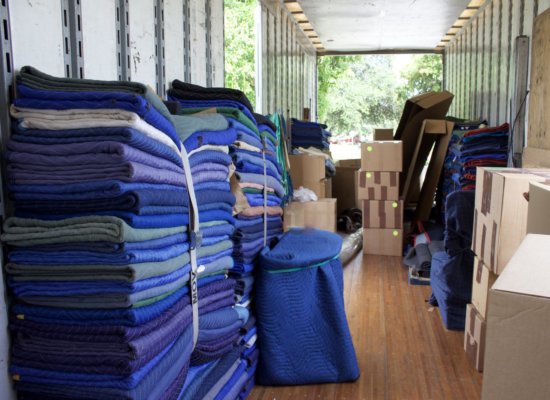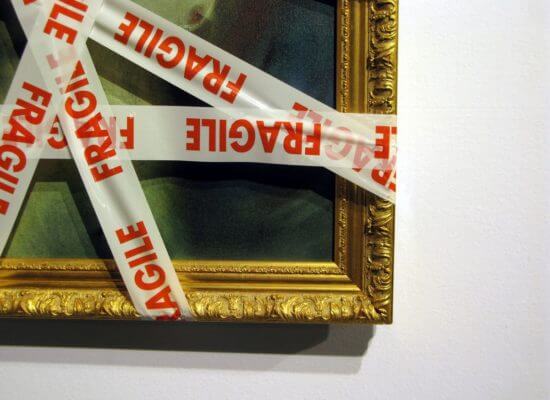How to Pack Pictures for Moving – Expert Guide for Cross Country Move
Are you cross-country moving? Don’t let your precious artwork become a casualty of the move. With our expert boxing-up techniques, you’ll learn how to pack pictures for moving like a pro, ensuring they reach you in impeccable condition. Dive into our long-distance moving tips for art, and let us ensure that this exciting journey is smooth and worry-free.

How to Pack Pictures for Moving
Relocating artwork cross-country demands careful packing to protect it from damage.
Start by assessing each piece for special needs, gather high-quality supplies, and follow expert steps for wrapping and boxing.
Considerations for valuable or oversized items may require custom crating and insurance.
Deciding between DIY packing and hiring professional movers depends on your collection’s specifics and your confidence in handling it. Choose the right car shipping company to ensure your art’s safety, focusing on their experience with the artwork. In the end, safely packing artwork for moving will ensure their smooth relocation.
Why Careful Packing Pictures for Moving Is Important
When relocating pictures cross-country, they are exposed to a variety of risks that can compromise their integrity and aesthetic value. The journey involves long hours on the road, where constant vibrations and bumps are inevitable. These conditions can easily damage frames, crack glass, or harm the artwork itself if not properly protected.
Moreover, changes in temperature and humidity can affect the materials used in creating artwork, leading to potential warping, fading, or complete deterioration. Therefore, careful wrapping is necessary to ensure that the belongings are safe throughout shipping, preserving their physical and sentimental value.
Assess Your Collection and Its Relocation Needs
Before you begin relocation preparations, take the time to assess each piece for its specific needs. This evaluation should consider each item’s material, size, and value. Objects made from delicate materials, such as glass or aged canvas, require extra protection against vibrations and shocks. Similarly, large pictures may need custom-built crates for added security, while highly valuable pieces might benefit from specialized insurance to cover any potential transit damage.
Assessing your collection allows you to identify which items are most at risk and plan your packing strategy accordingly. This way you can ensure that every item is given the care and protection it deserves.
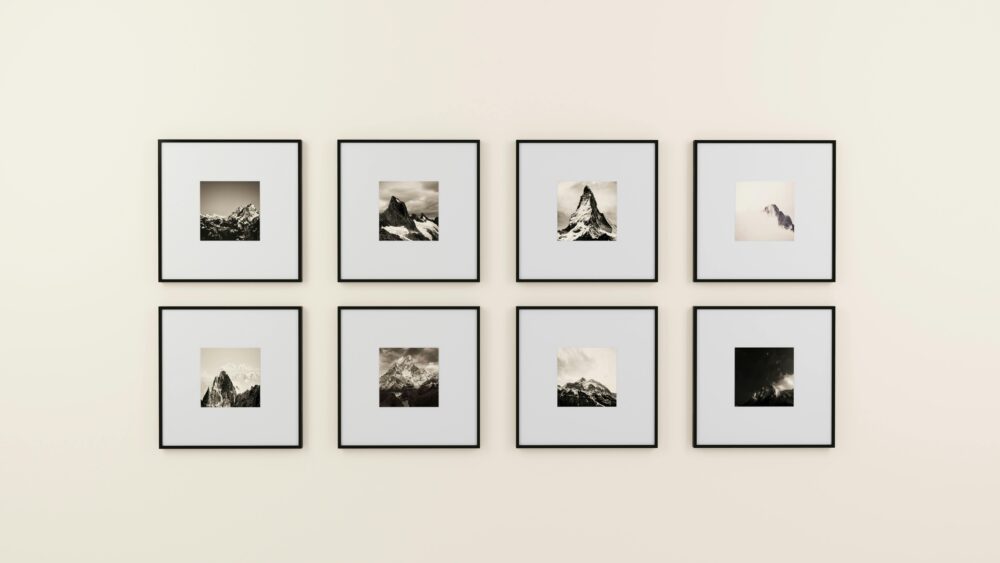
Gather the Right Packing Supplies for Artwork
Securing your artwork for a move begins with the right packing materials. The correct supplies will protect this collection from physical damage and preserve its condition through a handling process and environmental changes.
Ensuring you have everything easily accessible can transform a stressful process into a manageable task. It will also provide peace of mind, knowing that the artwork will arrive safely at its destination. Here’s a list of different packing materials you’ll need for an efficient boxing-up process:
- Bubble wrap – provides cushioning and protects against shocks and vibrations.
- Packing paper – ideal for wrapping and protecting the surface of your art before adding additional layers.
- Sturdy boxes – essential for secure transport, choose sizes that closely match your artwork dimensions to avoid movement during transit.
- Masking tape – for securing wrapping materials without leaving residue on the frames or glass.
- Corner protectors – shield the corners of framed artwork, preventing dents and damage.
- Specialized crates – for high-value or particularly fragile pieces, custom crates offer the highest level of protection.
- Furniture blankets – can be used to wrap large items for added protection against bumps and scratches.
- Plastic wrap – helps to keep everything in place, adding an extra layer of protection against dust and moisture.
Always Choose Quality Over Quantity
When it comes to safeguarding breakables and valuables, the saying “quality over quantity” holds particularly true. Opting for high-quality supplies can make a significant difference in the level of protection afforded during transit. While it might be tempting to cut corners and save on costs by using cheaper alternatives, fixing damage could result in much higher expenses in the long run.
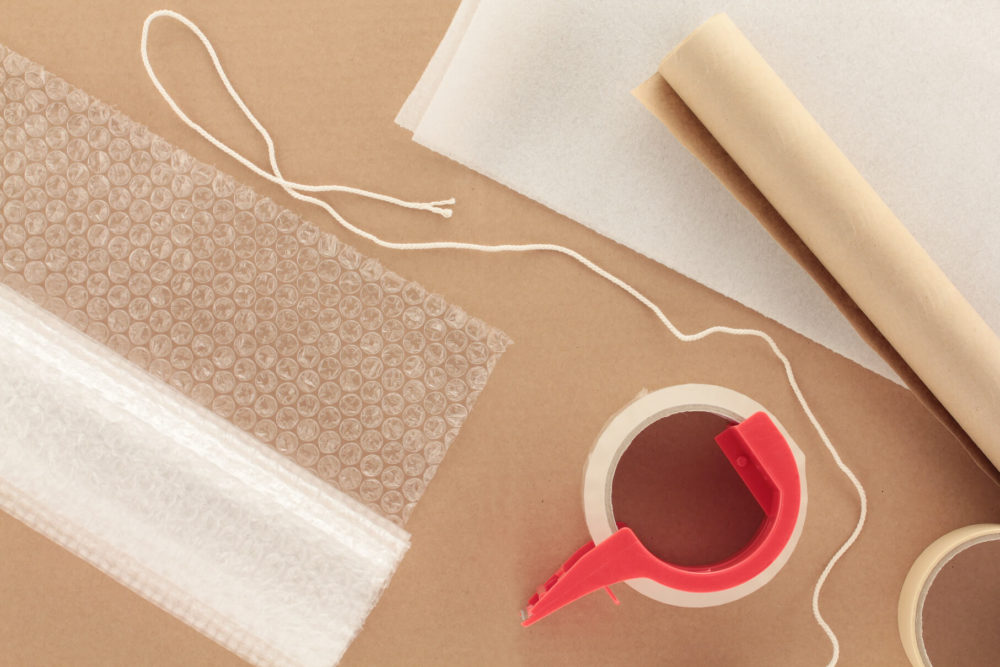
Expert Step-by-Step Guide on How to Pack Pictures for a Move
This process involves more than just placing items in random boxes. It’s about ensuring everything is protected every step of the way. These steps are designed to tackle the unique challenges of transporting fragile items. They address potential risks such as impact, pressure, and environmental changes. By adhering to these guidelines, you ensure that your pictures are given the best possible protection throughout this journey.
Step 1 - Prepare Your Artwork for Packing
Begin by preparing your collection for relocation. This initial step involves cleaning each piece to remove dust and debris that could scratch the surface during wrapping or transport. Use a soft, dry cloth for this purpose.
Next, secure any loose parts to avoid breakage. If the piece is framed with glass, consider applying painter’s tape in an X pattern over the glass surface. This precaution helps prevent the glass from shattering and damaging the artwork in case of impact. Ensuring that everything is secure and stable before wrapping is key to success.
Step 2 - Use Expert Wrapping Techniques for Maximum Protection
How to wrap pictures for moving? Start by laying out a sheet of bubble wrap, bubbles facing up, and placing the object face down onto the wrap. Wrap the bubble wrap tightly around the piece, securing it with tape.
For additional protection, enfold the wrapped piece in clean paper to provide an extra layer of defense against scratches and dents. When using packing paper, ensure it covers all sides of the artwork and secure it with tape.
Step 3 - Efficient Boxing Up and Labeling Practices for Safe Transport
Choosing the right box is as important as the wrapping process. Use a crate that closely fits the size of your wrapped item to prevent excessive movement. If placing multiple pieces in one box, separate them with additional layers of bubble wrap or cardboard dividers. Once everything is inside, fill any remaining spaces with foam peanuts or crumpled paper.
Securely seal the box with tape, reinforcing the bottom and sides for added strength. Finally, label the box clearly with “Fragile” and “This Side Up” indicators. Proper labeling alerts movers to its contents, encouraging careful handling and correct orientation during transport.
There are Special Considerations for Valuable and Oversized Pieces
Booking custom crating for valuable pieces can provide the extra security needed during transit. These services involve building a protective wooden frame around your artwork, tailored to its exact dimensions, offering unparalleled protection. This is especially important for pieces that are too large or too valuable to risk damage.
To ensure your valuable items are also financially protected, moving insurance is key. That’s why Flat Price Auto Transport and Moving company offers comprehensive insurance that will ensure that you are rightfully compensated in case of accidents.
Auto-Transport
If your first concern is having your vehicle transported safely and efficiently, enclose shipping is the way to go.
Read moreMoving Insurance
Flat Price Moving and Auto Transport Company offers moving insurance to cover potential damages
Read moreStorage Service
Knowing what kind of surprises cross country move may hold, we offer 30 day free storage for belongings at the origin state.
Read moreDecide Between Hiring Cross-Country Movers vs. Utilizing DIY Art Packing Techniques
Choosing whether to hire professionals or to pack these belongings yourself is a significant decision. This choice can affect the safety of the goods and your peace of mind during the move. However, if you want true protection for your items, hiring professionals is the best choice.
Book Professional Art Moving Services in Advance and Have a Stress-Free Move
Hiring an expert company is ideal when the items are too valuable, large, or delicate to pack. If the thought of doing this alone stresses you out, or if you’re unsure about the best way to protect them, it’s time to call in the professionals. They have the experience, materials, and skills to handle everything correctly.

Research and Select the Right Long-Distance Moving Company
Choosing the ideal company is crucial for the success of long-distance relocation. Begin by examining customer testimonials to assess their dependability and service quality. Look specifically for feedback on their treatment of fragile items.
Outstanding customer support is also a vital sign of a trustworthy mover. The company should be approachable, willing to assist, and ready to address any inquiries you have. Ensure the mover is adequately insured to safeguard your items against potential mishaps.
Furthermore, review their history with the Federal Motor Carrier Safety Administration (FMCSA) to confirm adherence to safety and regulatory norms. By following these guidelines, you’ll be able to select a moving service that prioritizes the safety of your precious belongings as much as you do.
Explore The Benefits of Their Packing and Moving Services
Placing your relocation in the hands of professionals significantly minimizes the chances of damage, thanks to their skilled boxing-up and handling strategies. These experts are adept in caring for the belongings, using techniques perfected through extensive experience. They are armed with the appropriate tools and supplies to make the relocation process easier and smoother.
Flat Price Auto Transport and Moving are at your service to elevate this relocation experience. Our comprehensive long-distance moving services, including expert packing solutions, are designed to cater to your every need. Our dedication to outstanding service and client satisfaction drives us to go the extra mile, ensuring this journey is as worry-free as possible.
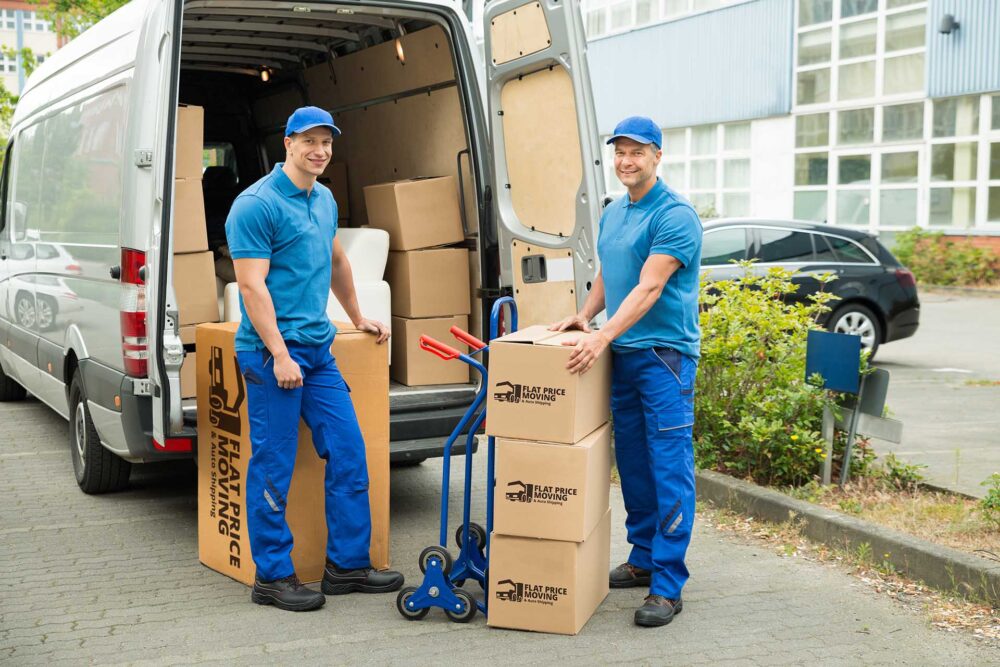
Let Our Auto Transport Company Make This Journey a Breeze
Handling sensitive stuff, such as pictures, can be very time-consuming and taxing. However, choosing the right relocation partner can alleviate these worries, guaranteeing your belongings are managed with utmost care. Entrusting this move to Flat Price Auto Transport and Moving means opting for unparalleled professionalism and quality. Our experts are committed to delivering this collection in the same condition it was when it departed. Reach out to us now and let our team take care of this sensitive task for you.
Frequently Asked Questions
How to Pack Large Pictures for Moving?
Boxing up large pieces requires careful preparation to ensure their safety during transport. Start by securing any loose parts or glass with painter’s tape, forming an X pattern over the surface to prevent shattering.
Wrap the picture in a layer of bubble wrap, ensuring all sides are covered and protected. Finally, place the item in a telescopic box or one that fits its size perfectly. Seal the box securely with strong tape, and mark it as fragile.
How to Pack Picture Frames for Moving?
The best way to pack picture frames is to safeguard sensitive edges with corner protectors and prevent their damage. Wrap the frame in bubble wrap, ensuring complete coverage, and secure the wrap with tape.
If storing multiple frames in a single box, separate them with cardboard dividers or additional padding to prevent friction and damage. Choose a box that fits them snugly, filling any gaps with foam peanuts or crumpled paper to immobilize everything and prevent movement.
Should I Book Moving Insurance for Artwork Relocation?
While professionals often handle items with care, accidents can happen, and moving insurance provides financial protection against loss or damage. Review the moving company’s insurance options to understand the coverage limits and conditions.


